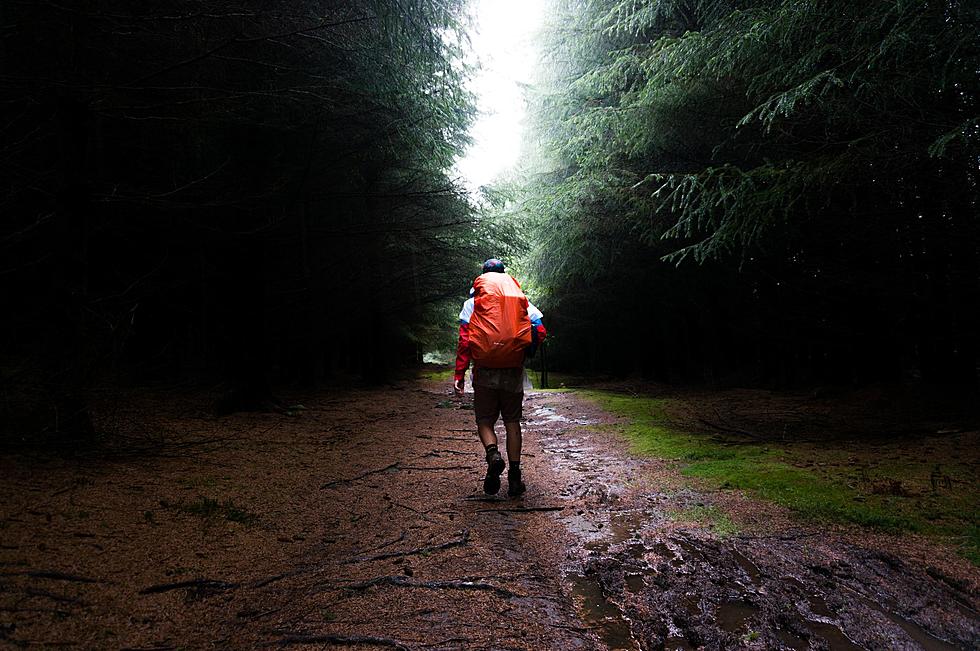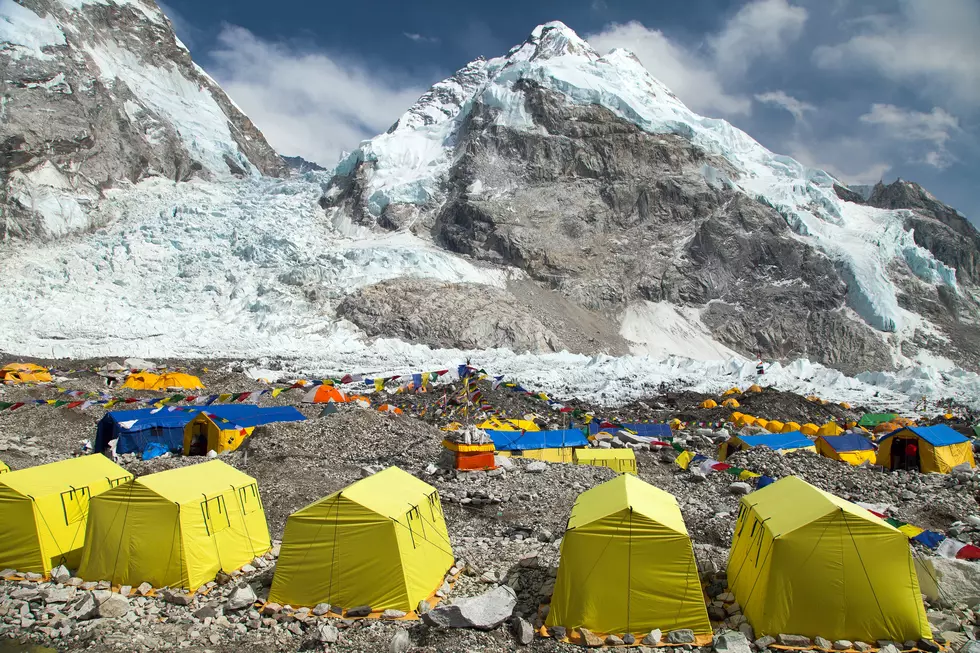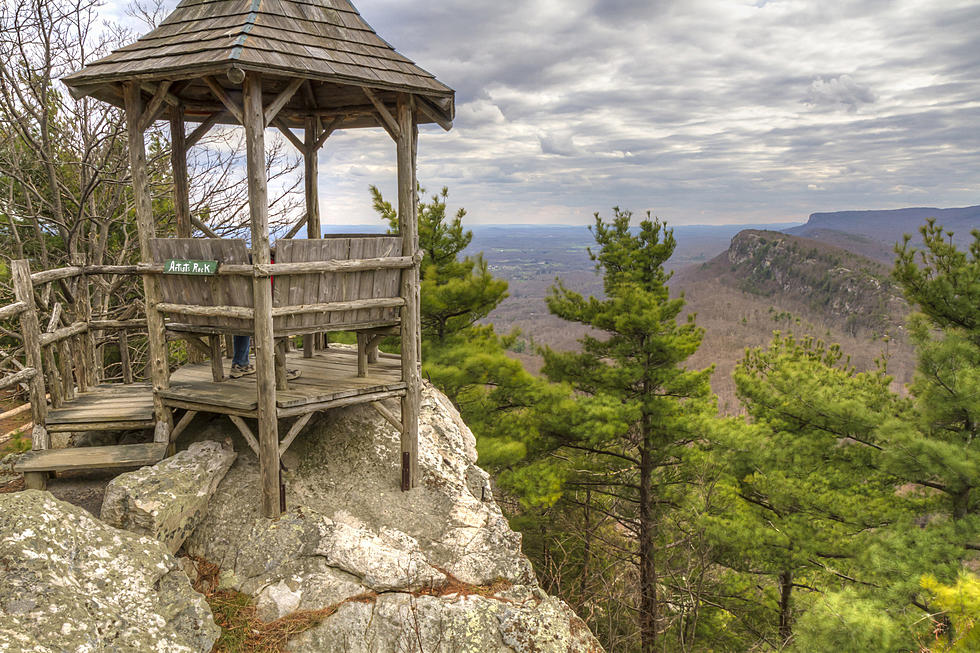
Be Cautious if Boating in Fulton Cty and Hiking in North Country
This summer has been almost a complete washout. So many cities and towns have been dealing with flooding and raging waters. Because of all of these rains, the Department of Environmental Conservation wants those enjoying hiking trails and lakes to be very cautious.
There are several problems that have been created from the excessive rain on the Great Sacandaga Lake. The DEC is warning boaters to only be out on the water during daylight hours. The rains have caused major debris to float in the lake. The Fulton County Sheriff's Office says to be on the lookout for trees, loose docks, and even boats that have gotten loose and floating in the lake according to Spectrum News.
The heavy rains in the North Country are also causing many hazards and problems on hiking trails and in campgrounds. There are several trails and campgrounds in the Adirondacks that have flooded according to the Department of Environmental Conservation. They want to warn those who plan on camping and hiking in the Adirondack mountains to use extreme caution near high water areas and to never cross high waters in rivers and streams.
It is important that if you are going hiking in the North Country, to be prepared by wearing waterproof boots. You are also urged to bring trekking poles. These help hikers to remain balanced and stable during a muddy hike.
LOOK: The most expensive weather and climate disasters in recent decades
More From WZOZ






![[GALLERY] Highest Points In the Southern Tier Of New York State](http://townsquare.media/site/497/files/2022/03/attachment-New-York-State.jpg?w=980&q=75)


